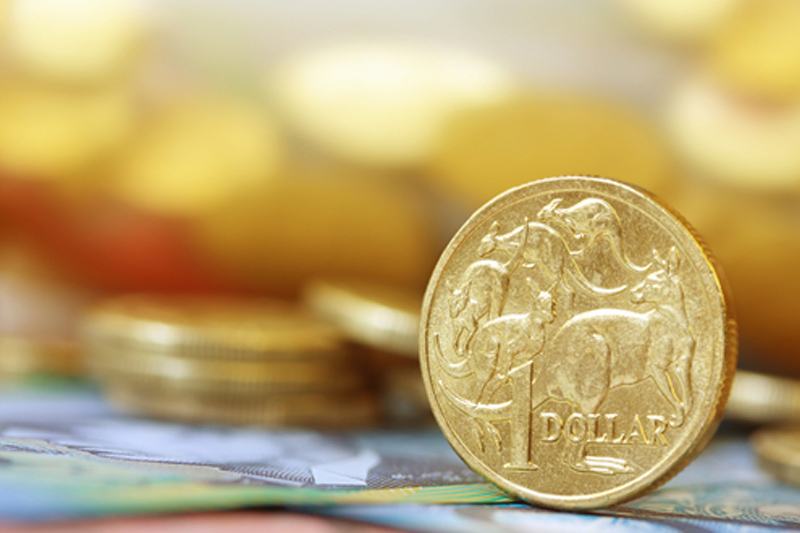Street Calls of the Week
By Wayne Cole
SYDNEY, Oct 5 (Reuters) - The Australian and New Zealand dollars hit multi-year lows on Friday as yield spreads continued to widen in the U.S. dollar's favour, while also pressuring stock markets and risk appetites around the world.
The Australian dollar AUD=D3 was pinned at $0.7065, having earlier touched a 32-month trough at $0.70625. That left it down 2.1 percent so far this week, on track for its worst performance since mid-June.
The kiwi NZD=D3 hit its lowest since early 2016 at $0.6469 and was nursing losses of 2.2 percent for the week.
The U.S. dollar was again supported by upbeat domestic data and growing speculation the Federal Reserve might turn more aggressive in hiking interest rates.
Yields on 10-year Treasuries US10YT=RR shot to the highest since 2011 at 3.23 percent, while Australian paper paid only 2.72 percent AU10YT=RR .
"As a result, the spread to the Australian 10-year hit 50 basis points, a level we had not anticipated until June 2019," said Westpac economist Elliot Clarke.
"We remain wary of the upside risks to U.S. rates that could spring from an extended period of above-trend growth and further employment gains," he added.
The U.S. payrolls report for September is due later on Friday and a strong outcome, particularly for wages, would likely push Treasury yields higher and the Aussie lower.
That was one reason the currency got only a brief fillip from data showing retail sales in Australia rose 0.3 percent in August, pipping forecasts of 0.2 percent. breakdown was firm, with growth mainly held back by a flat month for food retailing. Otherwise, spending was solid on clothing, at department stores and for eating out.
Yet sales were still running below the brisk pace set in the second quarter.
"Retail is worth about a third of total household consumption," said Gareth Aird, senior economist at CBA. "So the early indication is that total consumer spending growth slowed over Q3."
New Zealand government bond prices 0#NZTSY= edged higher, with 10-year yields down a tick at 2.63 percent.
Australian government bond futures were little changed, with the three-year bond contract YTTc1 flat at 97.905. The 10-year contract YTCc1 fell 1 ticks to 97.2600. (Editing by Richard Borsuk)
